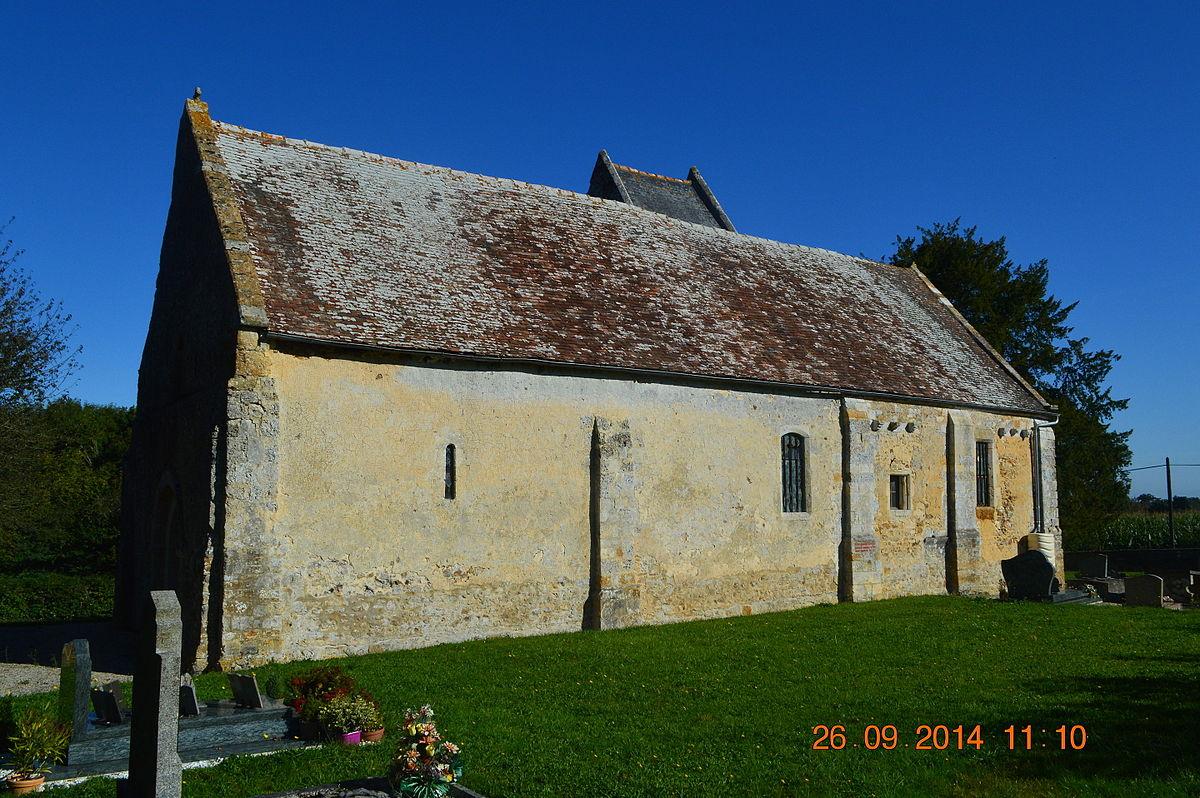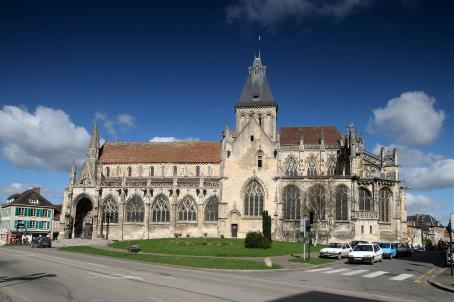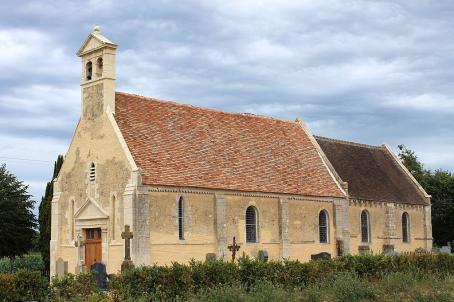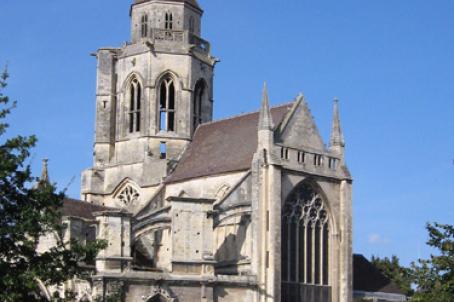Church of Sainte-Anne, Angoville

The Sainte-Anne Romanesque church dates back to the 12th century and was transformed by renovations in the 13th and 18th centuries, which added a nave and chancel, and later a bell tower and a sacristy. The church was recently renovated in 2016, after the building, and two-thirds of the village were destroyed during the 1944 liberation of Europe. Near the church is the fountain Sainte-Anne (1846) whose water would have beneficial virtues.
About this building
The church Sainte-Anne d'Angoville, in the parish of Notre Dame de Bonne Nouvelle was attached to the former diocese of Bayeux and benefited from the patronage of the Abbey of the now disappeared Val (located on the territory of St. -Omer, it belonged to the order of St. Augustine). Angoville is in the Calvados department in the Normandy region. The town was nearly destroyed during the liberation in 1944 and received the cross of war.
The Romanesque church dates back to the 12th century. It was dedicated to Saint Anne, wife of St Joachim, mother of the Blessed Virgin. Built on a rectangular plan, it is composed of a nave and a choir on the same plane. A bell tower covered with saddle is leaned against the north wall of the choir. Covered with a paneled frame (restored in 2016), the walls are made of coated rubble (limestone). The roof with long sides and open gable is covered with flat tiles for the nave and slates for the bell tower. A sacristy is contiguous in the angle formed by the north wall of the choir and the east wall of the bell tower. There are several wooden carvings and carved modillions of heads.
New stained glass windows referring to the destruction of the village in 1944 were placed in 2016. Near the church is the fountain Sainte-Anne (1846) whose history is directly linked to the church, with the water reputed to have beneficial virtues. The tombs and tombstones of the Rabache Family, the lords of Grandouiq, can be found in the church and the cemetery.





